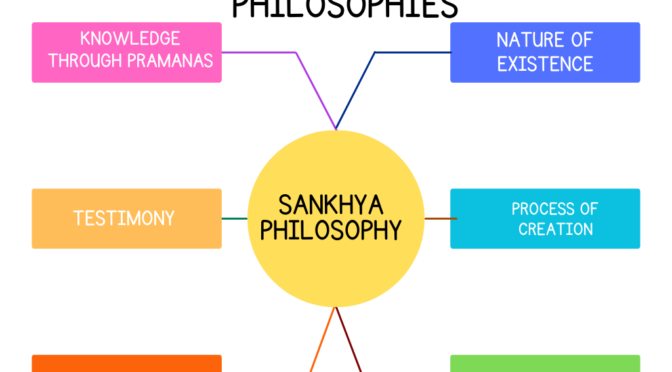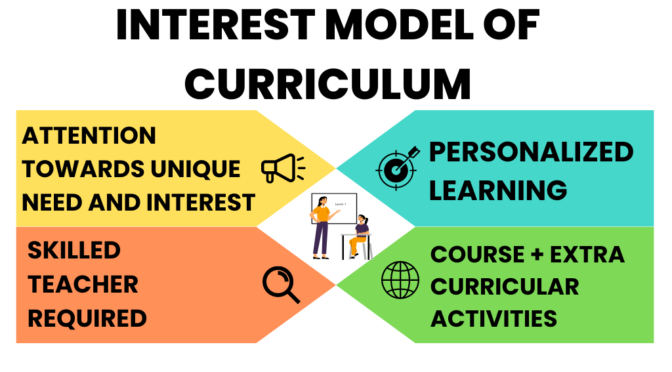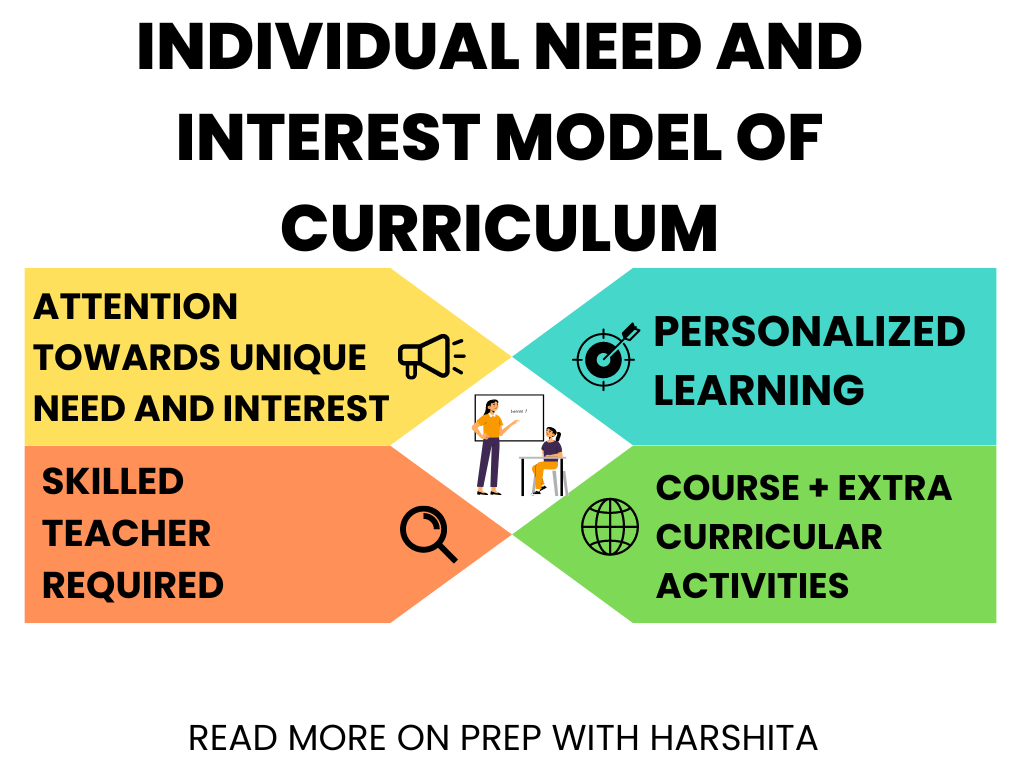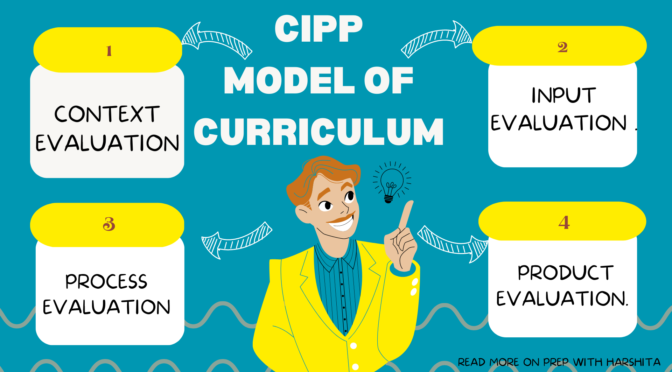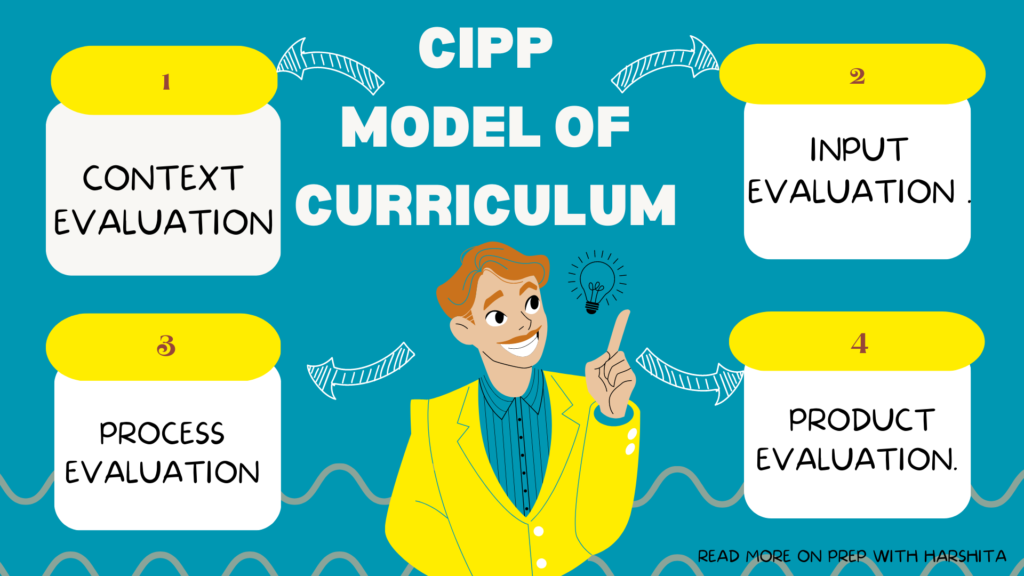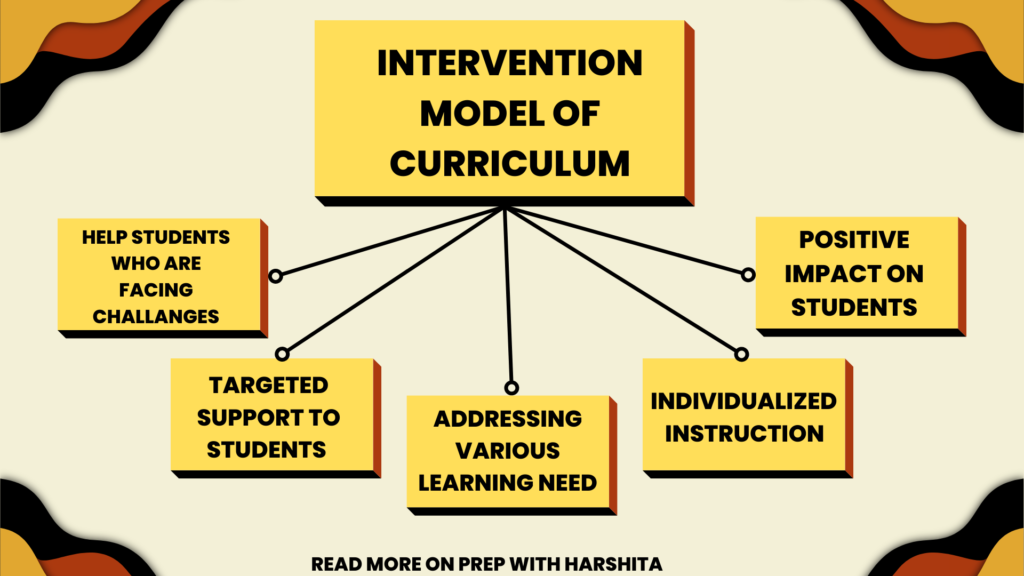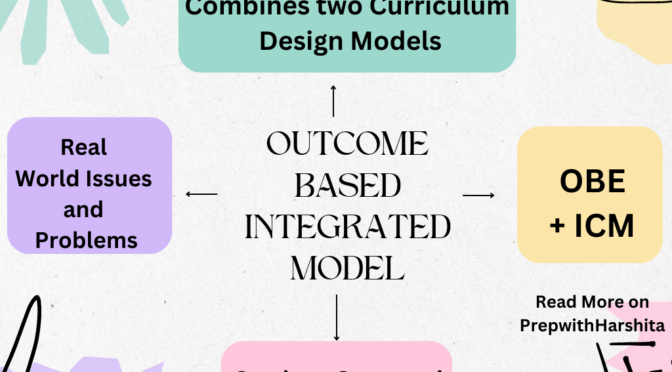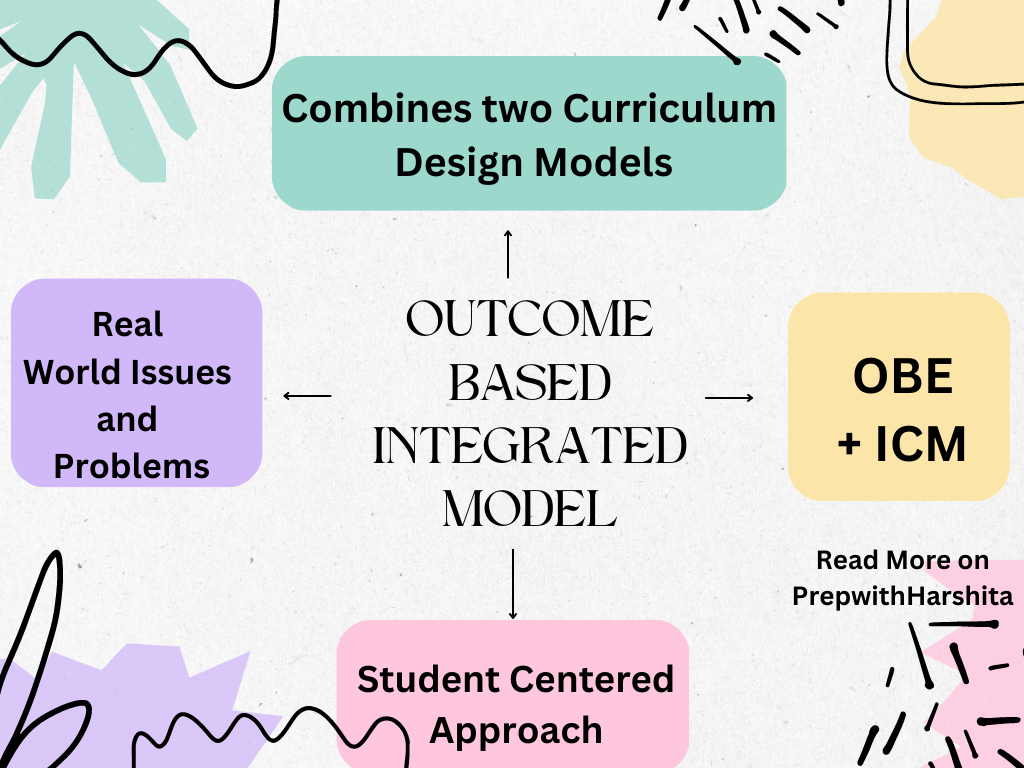Sankhya Philosophy is one of the six major schools of Indian philosophy, and it focuses on the nature of existence and the process of creation. The Sankhya school was founded by the sage Kapila, who is considered the founder of the school.
Key concepts and principles of Sankhya philosophy include:
- Prakriti and Purusha: According to Sankhya philosophy, the universe is composed of two fundamental realities: prakriti (matter) and purusha (spirit). Prakriti is the material world. It is made up of the five elements (earth, water, fire, air, and ether), as well as the mind and the senses. Purusha, on the other hand, is the individual consciousness or soul, which is eternal and unchanging.
- Gunas: Prakriti is further divided into three gunas, or qualities: sattva (purity), rajas (activity), and tamas (inertia). These three gunas are responsible for the diversity and complexity of the material world.
- Evolution of the Universe: According to Sankhya philosophy, the universe evolves through a process of transformation and combination of the three gunas. This process leads to the formation of the various elements and forms of matter that make up the material world.
- Liberation: The ultimate goal of Sankhya philosophy is to achieve liberation (moksha) from the cycle of birth and death. This is achieved through the realization of the true nature of the self (purusha) and the attainment of spiritual knowledge.
- Yoga: Sankhya philosophy is closely associated with the practice of yoga, which is seen as a means of attaining spiritual realization and liberation. Yoga is seen as a way of purifying the mind and body. Also, a way of developing the power of concentration and insight.
Overall, Sankhya philosophy provides a comprehensive understanding of the nature of reality and the process of creation, and offers a practical path for achieving spiritual realization and liberation.
Epistemology of Sankhya Philosophies
Epistemology is the branch of philosophy that deals with the nature, sources, and limits of knowledge. In Sankhya philosophy, the theory of knowledge (pramana) is an important aspect of epistemology. According to Sankhya philosophy, knowledge is obtained through three pramanas or valid means of knowledge, which are:
- Perception (pratyaksha): Perception is the direct knowledge obtained through the senses. It is considered a valid source of knowledge as long as the senses are not impaired and the object is present.
- Inference (anumana): Inference is the indirect knowledge obtained through reasoning. It involves drawing a conclusion based on observation and prior knowledge. Inference is considered a valid source of knowledge as long as it is based on reliable premises and the conclusion is logically sound.
- Testimony (shabda): Testimony is the knowledge obtained through reliable sources such as scriptures, gurus, and experts. Testimony is considered a valid source of knowledge as long as the source is trustworthy. Also, the knowledge is not contradicted by other valid means of knowledge.
In addition to these three pramanas, this philosophy also recognizes two types of false knowledge (viparyaya): mistaking the impermanent for the permanent and mistaking the impure for the pure.
Overall, Sankhya philosophy provides an understanding of the sources and limits of knowledge. It also emphasizes on the importance of relying on reliable means of knowledge to obtain true and accurate knowledge.
Also Read: Concrete and Absolute Knowledge
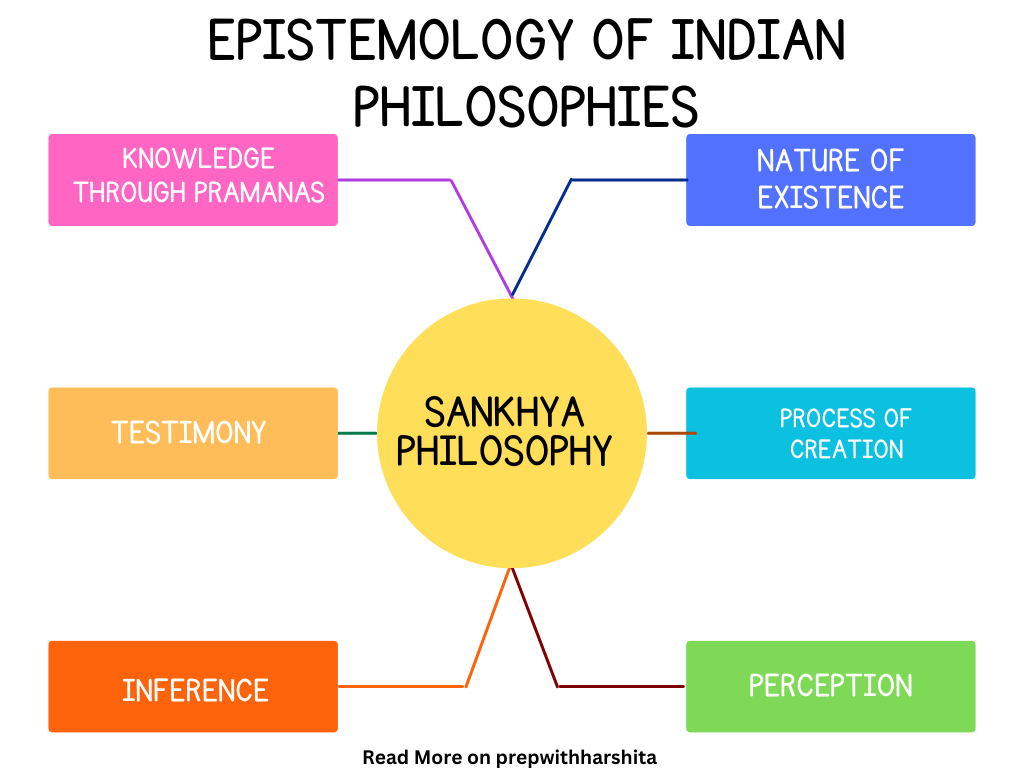
Also Visit: Prep with Harshita

